This newsletter is supposed to be a place to share and introduce readers to interesting and sometimes unusual species of plants and animals, flowers and insects that I have happened upon, for the most part, in my periurban environment. The sort of non-rural places most of us probably inhabit. Last week I wandered briefly down a parallel rabbit hole and wrote about the lack of government enthusiasm in Quebec for protecting the habitat of vulnerable caribou so this week I think I will return to the creatures I have recently seen theme. Two insects and two birds that crossed my path in recent days, as well as a link to a short, and really most interesting article from a recent edition of The Guardian newspaper about those wonderful moths that live around us.
After that, some wildlife gardening and a bit of public land rewilding.
Recent creatures I have crossed paths with …
A family of raccoons visited the garden pond on Saturday morning before breakfast. (Please ignore the date and time shown on the video - it needs resetting)
Sanderling
This Sanderling (Calidris alba), a rather nice meeting, was most accommodating of my need to get a good photograph and barely noticed my presence. They are circumpolar Arctic breeders, and extreme long-distance migrants, wintering down in South America. They can be seen running along sandy beaches with a characteristic "bicycling" action of its legs, stopping frequently to pick small food items such as little crabs and other small invertebrates. In spring, birds migrating back north from South America pause to consume large numbers of horseshoe crab eggs in the Delaware Bay area. Breeding is in the High Arctic where they lay 3–4 eggs in a ground scrape.
American Dagger Moth Caterpillar
The adult moth is a speckled grey and black insect while the young caterpillar is densely covered with yellow setae and can reach a length of 50 mm. There are reports of the larval hairs of this species sometimes causing skin irritation in humans. The moth is found in deciduous woodlands and forests
Beewolf Wasp
There are over 100 species of Beewolf Wasps (Philanthus sp.) This one was busy working bright yellow flowers of golden rod. Bee-hunting wasps visit flowers and other plants, literally hanging about in search of insect prey to feed their young. Any prey they catch and immobilize by stinging is coated in a layer of pollen and fed to the young wasps. They are solitary wasps that nests in the ground though several individuals have been observed to cohabit a single burrow at a time.
Common Yellowthroat
The Common Yellowthroat (Geothlypis trichas) at this time of the year has lost the sharply marked colouration of its spring appearance - as happens with many warblers in the fall. They inhabit marshes and other wet areas that have dense low vegetation, but may also be found in areas with dense shrub - less common in dry areas. At the end of summer they migrate southwards, flying during the night. Winter will be spent in Central America and the West Indies.
Moths
I think readers should find this short article of some interest. The author, a professor of invasion biology at London University (my alma mater) points out that moths are as beautiful as butterflies and as industrious as bees – insects we rightly revere while for some reason many people dislike moths. He also notes that while a couple of species might make holes in your clothes, an absence of moths would leave holes in the fabric of nature that would matter infinitely more
Meanwhile, in the garden

As summer winds down there are jobs ahead in the native plant/wildlife garden to be attended to before the weather drives gardeners back into their potting sheds. There are jobs associated with being “tidy”.
I know that having a tidy garden is a bit of a national cultural obsession, but please pause and think. You have spent time and effort replanting at least part of your garden with an area of native plants that will attract pollinator insects and colourful birds. The golden rod and rudbeckia and obedience plants and many species of asters have stood tall and proud and colourful for weeks and. months. Bees have buzzed happily and together with other insects have done their duty as pollinators. Congratulations to all concerned, two or six legged as it may be.
But think - what is the business of a pollinator insect and the plants they pollinate? It is to cause the flowers to set seeds. Some of the seeds will next year propagate the species while many more will offer a valuable food source to those birds we all enjoy and care for. Don’t be in a rush to chop the drying and dead plants in the cause of being tidy. Let them stand into the late fall and winter so that they can offer the world what nature and millions of years of evolution ordained for them. There will be time enough to clear and tidy ready for the next season of growth once the snows have gone in spring of the following year.
As our gardens hide away below the snows to come we will have those seed heads to offer visual interest as we watch birds at the feeders, but from behind our windows where life is warm.
And on this theme:
https://davidsuzuki.org/take-action/act-locally/lawnshare/
The LawnShare Toolkit
For too long, conventional turfgrass lawns have dominated our communities, yet their ecological impact often goes unnoticed. These lawns come with steep environmental costs, including excessive water usage, chemical reliance and minimal ecological value.
To help you transform your lawn, we have developed a downloadable toolkit [DOWNLOAD HERE] that outlines best practices for existing lawns, from mowing and watering to overseeding and soil feeding. If you’re looking to transform lawn into habitat — from a small strip to the entire yard — you’ll get simple tips and suggestions for alternative seed mixes and native plants that will turn your lawn into a vibrant and healthy space for local insects and other wildlife.
Unlock the untapped potential of your lawn and create healthier ecosystems. Join the LawnShare campaign todayand be a part of the movement for sustainable and biodiverse communities.
Finally … doing nothing can be good too
For backyard stewards—indeed, for all gardeners who wish for a future world anything like the one we’ve inherited—the best course of action in almost all instances is to do nothing. Mow as little as possible. Fight invasive plants selectively. Understand that pesticides, even so-called natural ones, nearly always kill beneficial as well as harmful insects, and we have none left to spare. Yes, the backyard steward must fight invasive plants, but we should primarily let nature take its course.
- The Virtues of Doing Nothing - Puddock Hill Journal #72: Benign neglect in the walnut woods yields pleasant surprises.
Nature takes its course in town
There are three experimental areas in a small linear park in our town that are no longer mown to death every ten days or so. This is the third, and oldest, of the three patches that I have talked about in earlier newsletters. Originally created as a milkweed patch for supporting Monarch butterflies, the milkweeds have mostly been replaced as part of a natural succession … there are a few of the original plants in there but most milkweed in town has shown a preference for growing in the margins of hedgerows and fields and gardens. It’s hard to force plants to grow where they don’t want to. Echinacea and Rudbeckia and golden rod flowers seem to quite like this plot along with assorted scrub trees, including choke cherry and box elder (a misnomer - it is a maple, the Manitoba maple). Several grasses, including a large patch of Indian Grass, which is a Canadian native but arrived from the prairies rather than Quebec. For a few years the plot did look rather neglected but now it is starting to come together as small creatures, birds, insects are finding it to their liking. Scruffiness is not a bad thing.
… a footnote:
I have gathered a rather gratifying, few hundred subscribers plus followers at this point and thank everyone for reading my stuff, especially those of you who give feedback (more of that please, don’t be shy). As you know, although I could put up a paywall and ask you for money I really have no intention of doing so and no wish, either. Free means free, and in my case hassle-free too. I am realistic and know that I write some pretty niche stuff so while there are people out there making thousands of $$, tens of thousands in some cases from Substack, as I said, free means free. Thanks again for being here.

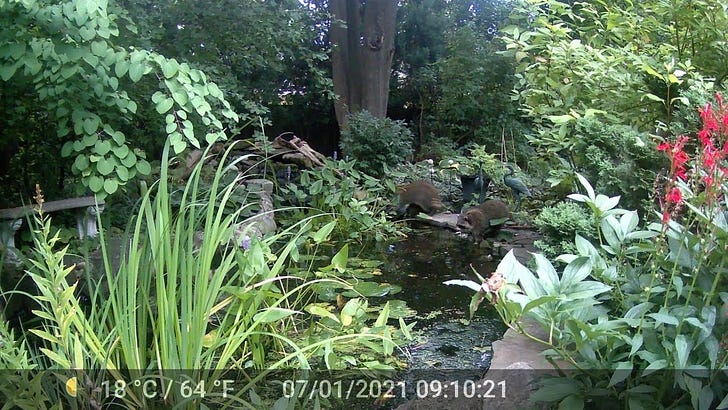


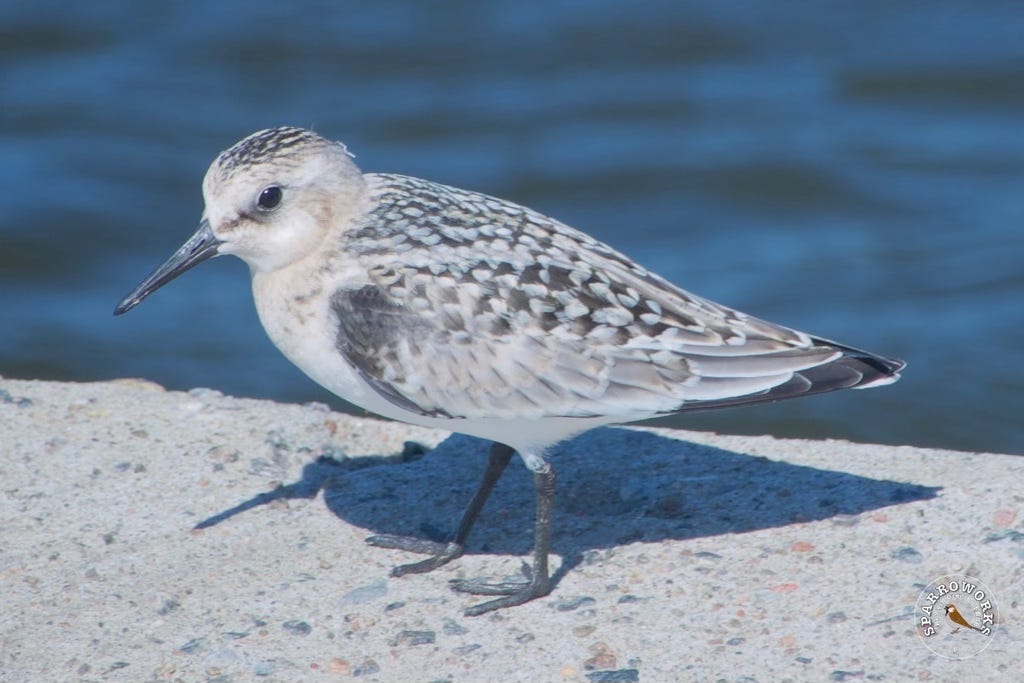
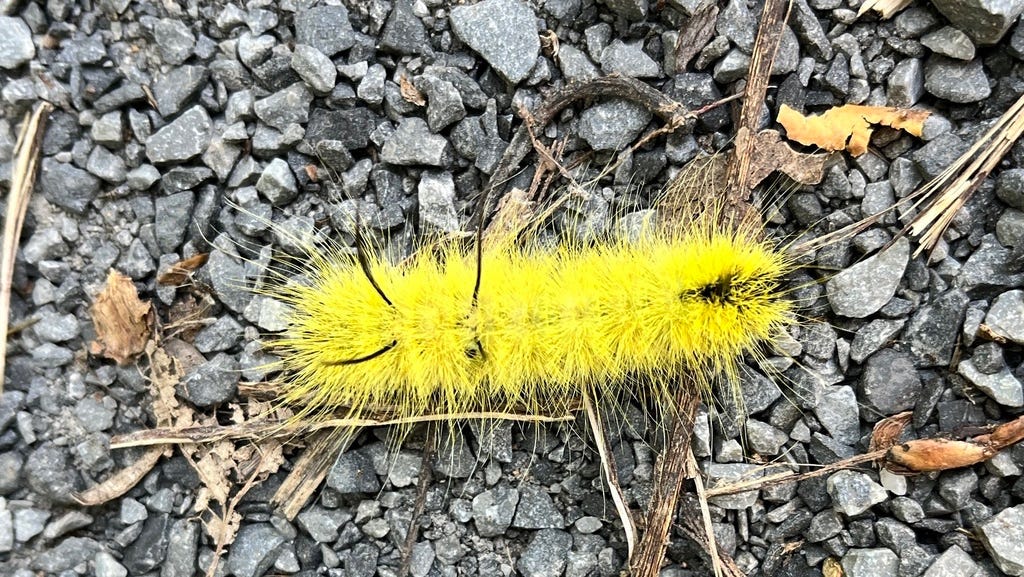
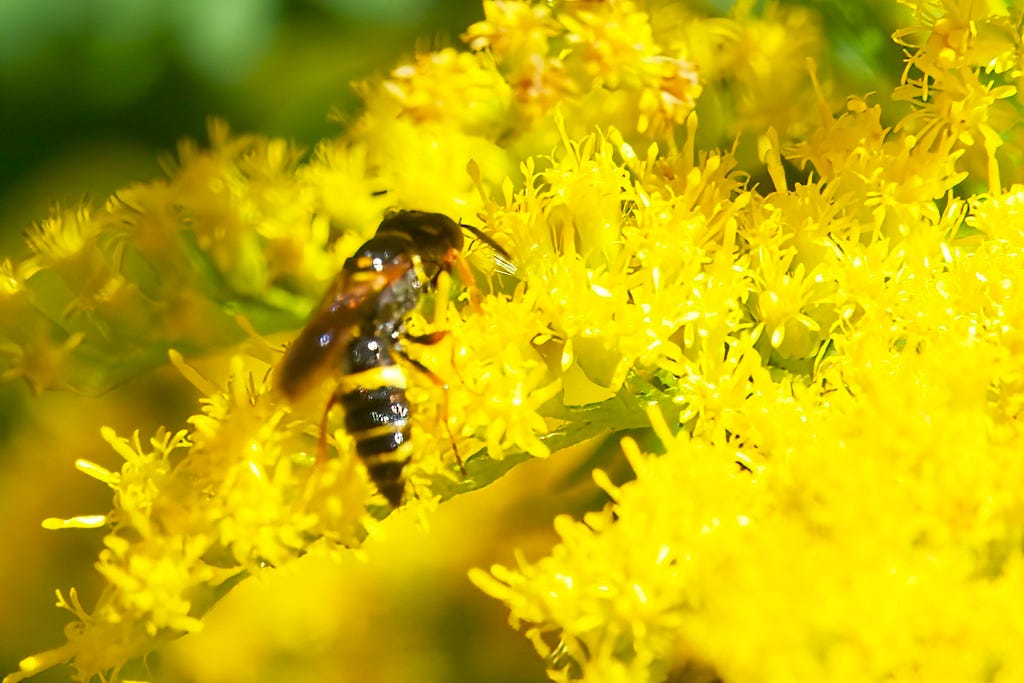
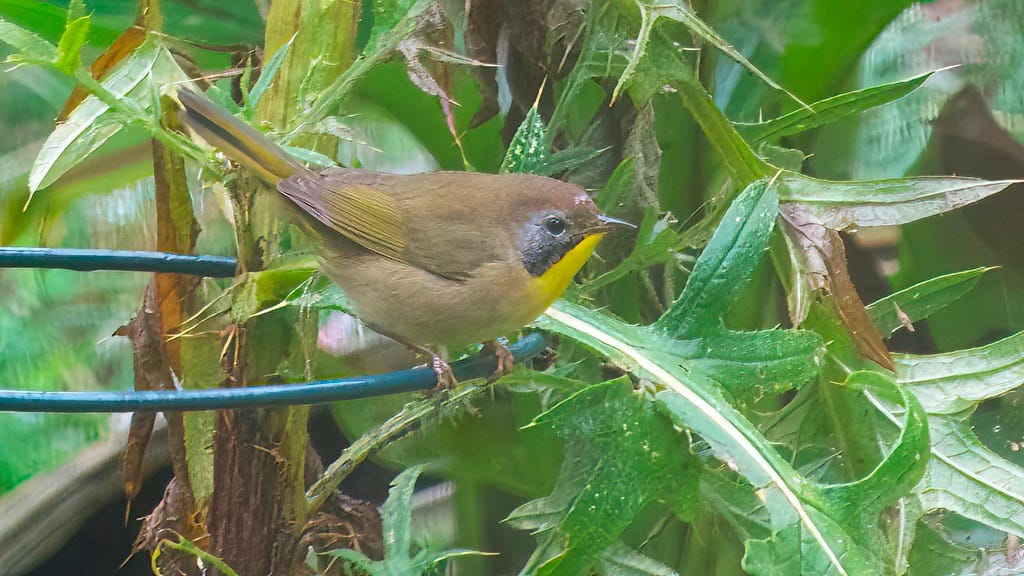


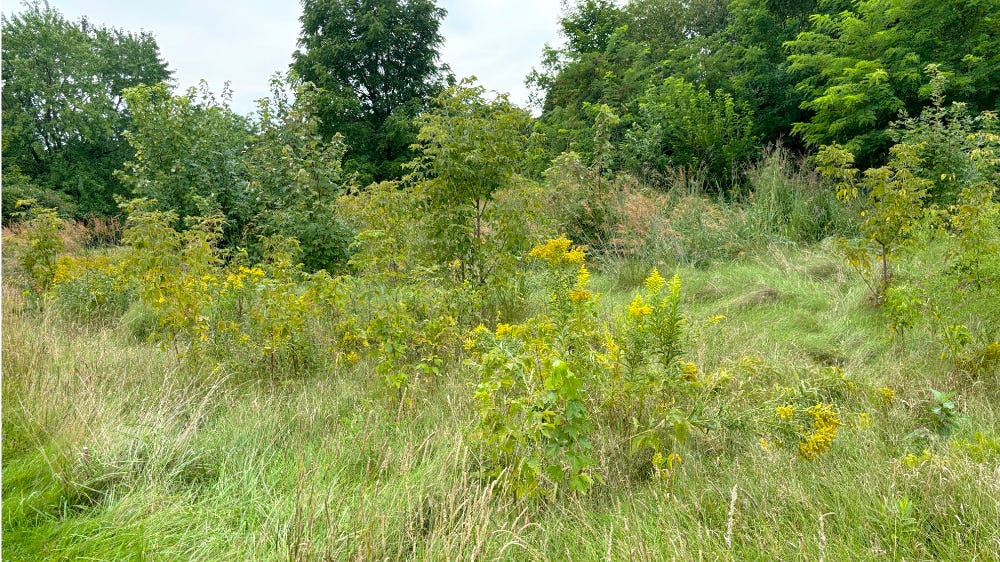
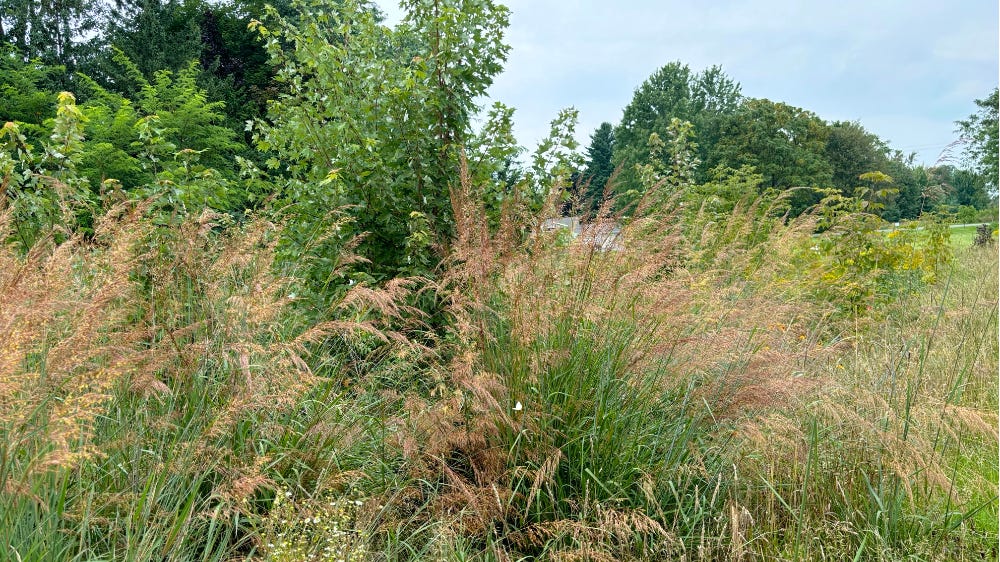

And free is a very good price! As to the lovely animals, flowers and insects- I must say that sanderlings are my very favorites. They skitter along the beaches here in Oregon and are very endearing.
Love that yellow caterpillar!